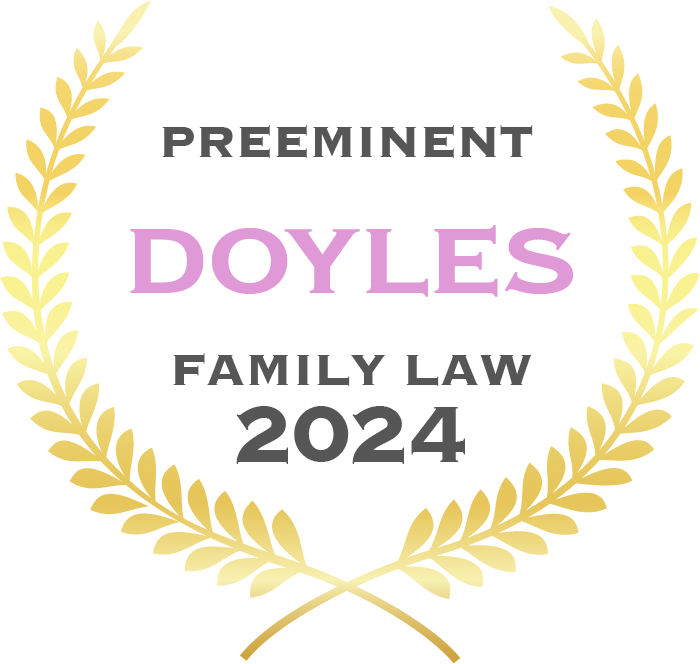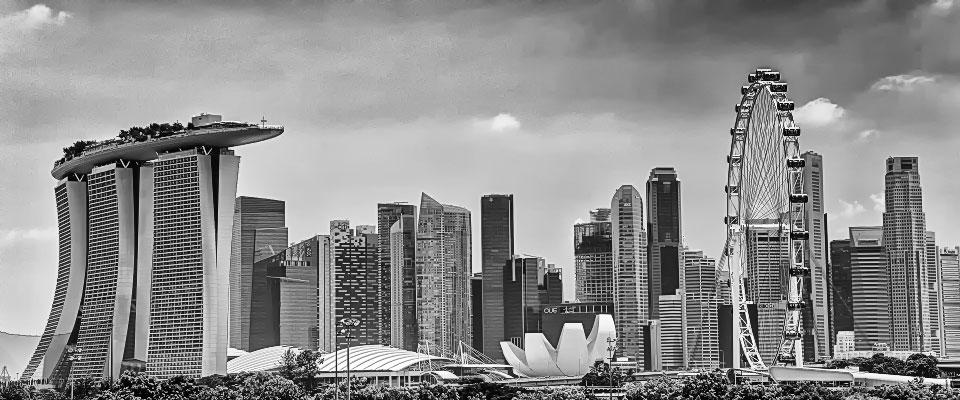Developments in Singapore mediation law
Local developments: On 1 November 2017, the Mediation Act came into force. Thanks to several key features, this new statute has strengthened the position of mediation as an effective and lower-cost alternative to arbitration and litigation.
Firstly, under the act, communications or documents disclosed during the course of mediation are confidential and cannot be disclosed in other legal proceedings or to third parties, subject to limited exceptions.
Secondly, the court also has the power to stay proceedings where one party to a mediation agreement institutes court proceedings against any other party to that agreement. This will discourage parties from resorting to litigation without mediating as originally agreed.
Thirdly, parties can now apply to court to record their mediated settlement agreement as an order of court. They no longer need to be party to an ongoing litigation to do so. This allows the mediated settlement agreement to be directly and immediately enforceable as a court order if either party breaches its terms. Previously, if a party breached a settlement, the wronged party would have to sue before it could get any relief.
International developments: Last week, it was announced that a new United Nations (UN) treaty on mediation will be the first UN treaty named after Singapore. The Singapore Mediation Convention is due to be signed in 2019.
Currently, parties may be more inclined to look to arbitration rather than to mediation as their first choice to resolve cross-border disputes. This is due in part to the relative certainty and ease of enforcement of arbitration awards around the world thanks to the New York Convention. The new treaty promises to strengthen the cross-border enforceability of mediated settlements in the same way.
Singapore’s representatives took a leading role in the negotiations for the treaty, and its name demonstrates the Republic’s clout as a thought leader on the world stage in alternative dispute resolution. It also comes at an opportune moment for the local mediation industry. The caseload of the Singapore Mediation Centre (SMC), the country’s largest mediation services provider, has crossed a record S$2.7 billion threshold in 2017 and is set to continue growing. Meanwhile, the Singapore International Mediation Centre was launched in 2014 to provide cross-border mediation.
What does this mean? Given the new legal framework, as well as the strong institutional infrastructure and growing mediator talent pool in Singapore, we can expect to see a significant increase in parties opting to take the mediation route.
Mediation can offer significant time and cost savings for parties embroiled in a legal dispute, compared with other means of dispute resolution. The increased ease with which mediated settlement agreements can be enforced locally and, soon, internationally will only add to its appeal.
The use of mediation does not have exclude the use of other types of dispute resolution. Parties are getting increasingly creative with their dispute resolution clauses, and often use arbitration or litigation as a backup in case mediation fails to result in a settlement.
To cater to this trend, many major arbitration institutions have issued guidelines and model clauses for hybrid arb-med-arb processes. Parties who sign up for these will start arbitration proceedings, then go straight to mediation, and if it fails they resume the arbitration.
Parties who have not made any such provision are free to sue if mediation fails or to attempt mediation during the course of litigation. Courts regularly stay proceedings to allow parties to mediate.
To take advantage of these developments and potential cost savings down the road, businesses may consider drafting their upcoming contracts with mediation in mind. Mediation is a voluntary process and once a dispute has already arisen it is more difficult to get all parties on the same page as to how to resolve that dispute.
Author:
S Suressh
Partner, Eversheds Harry Elias LLP







